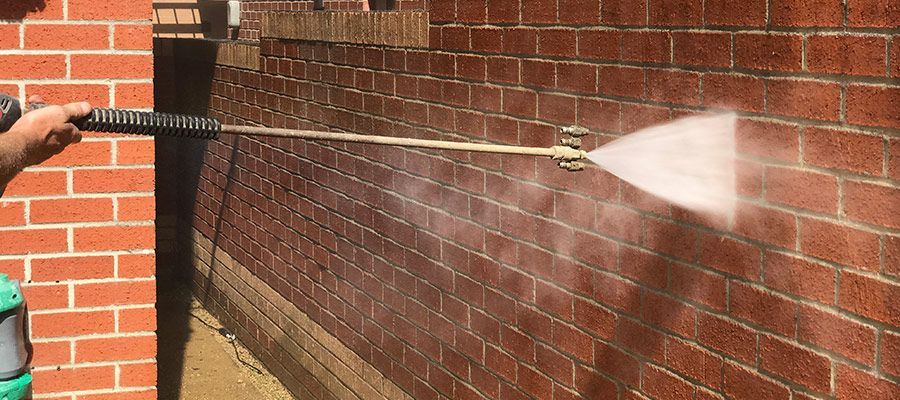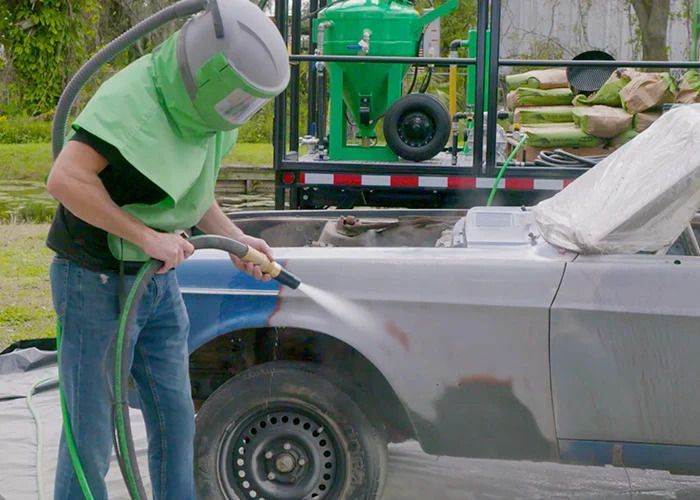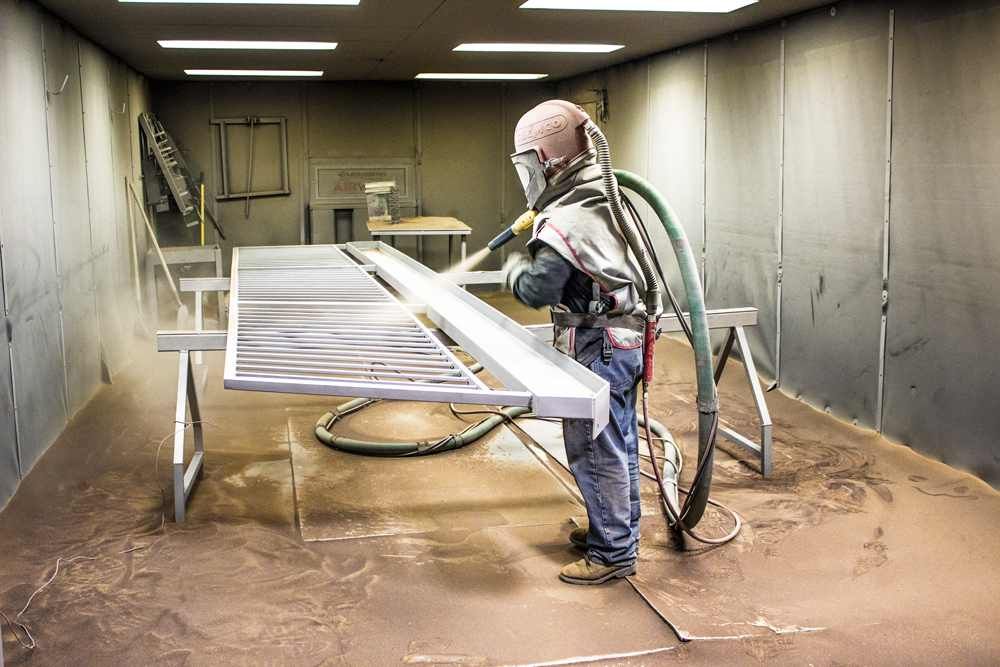The Evolution of Sandblasting: From History to Modern Techniques
Sandblasting, also known as abrasive blasting, has a rich history and has evolved significantly over the years. From its humble beginnings to its current state-of-the-art applications, sandblasting has become indispensable in various industries. This blog post delves into the historical development of sandblasting and its modern advancements.
Historical Overview of Sandblasting
Early Beginnings
The concept of sandblasting dates back to the late 19th century. The process was first patented by Benjamin Chew Tilghman in 1870. Tilghman, an American inventor, observed the natural weathering effects of windblown sand on windows and buildings in the desert. This observation inspired him to create a machine that could harness this natural abrasive power for industrial purposes. The initial sandblasting process involved using compressed air to propel sand at high speeds onto surfaces, effectively cleaning and etching them.
Industrial Adoption
By the early 20th century, sandblasting began to gain traction in various industries. The ability to clean and prepare surfaces quickly and efficiently made it a popular choice for shipyards, construction sites, and metalworking shops. During this period, advancements in air compression technology and the development of protective gear made sandblasting more practical and safer for operators.
Modern Developments in Sandblasting
Innovative Abrasive Materials
One of the most significant advancements in sandblasting is the development of alternative abrasive materials. Traditional sand, while effective, poses health risks due to the generation of silica dust, which can lead to respiratory issues. Modern sandblasting techniques now utilise a variety of safer and more efficient materials, including:
- Glass Beads: Ideal for creating a smooth, satin finish on metal surfaces.
- Aluminium Oxide: Highly durable and suitable for aggressive cleaning.
- Baking Soda: Gentle on surfaces and environmentally friendly.
- Plastic Media: Used for delicate substrates, such as aircraft components.
Automated Sandblasting Systems
Automation has revolutionised the sandblasting industry. Automated sandblasting systems utilise robotics and computer-controlled mechanisms to achieve consistent and precise results. These systems are particularly beneficial for large-scale operations and intricate projects requiring high accuracy. Automation also enhances operator safety by reducing direct exposure to abrasive materials.
Dust Collection and Filtration
Modern abrasive sandblasting setups incorporate advanced dust collection and filtration systems. These systems minimise airborne particulate matter, ensuring a cleaner and safer working environment. Effective dust control protects operators and improves visibility during the blasting process, resulting in more accurate outcomes.
Applications of Sandblasting Today
Surface Preparation
Sandblasting remains a go-to method for surface preparation in various industries. Whether preparing metal surfaces for painting, removing rust, or cleaning concrete, sandblasting ensures a clean, smooth, and uniform surface, enhancing the adhesion of coatings and finishes.
Art and Design
In addition to industrial applications, sandblasting has found its way into art and design. Artists and designers use sandblasting to create intricate patterns and textures on glass, stone, and other materials. The precision and versatility of modern sandblasting techniques allow for creating unique and detailed works of art.
Restoration Projects
Sandblasting is crucial in restoration projects, particularly in preserving historical buildings and monuments. By carefully removing layers of dirt, paint, and corrosion, sandblasting helps restore surfaces to their original condition without damaging the underlying material.
Future Trends in Sandblasting
Eco-Friendly Practices
As environmental concerns become more prominent, the sandblasting industry is moving towards more eco-friendly practices. This includes the development of biodegradable abrasives and the implementation of closed-loop systems that recycle abrasive materials. These advancements reduce waste and minimise the environmental impact of sandblasting operations.
Advanced Safety Measures
Safety remains a top priority in the sandblasting industry. Future developments will likely focus on enhancing operator protection through improved personal protective equipment (PPE) and more effective dust suppression technologies. Innovations in PPE, such as advanced respirators and protective suits, will continue to evolve, ensuring the safety and well-being of sandblasters.
Digital Integration
The integration of digital technologies into sandblasting processes is set to transform the industry further. Smart sensors, real-time monitoring, and data analytics will enable more precise control and optimisation of grit blasting operations. This digital integration will lead to greater efficiency, reduced costs, and improved quality of outcomes.
The evolution of sandblasting from its early beginnings to its modern applications showcases significant advancements in technology and safety. As industries continue to demand efficient and precise surface preparation methods, sandblasting will remain a vital process.
At Sandblasting Specialists, we combine years of expertise with cutting-edge technology to deliver exceptional sandblasting services. Our commitment to safety, quality, and customer satisfaction sets us apart as the preferred choice for all your sandblasting needs. Whether you require surface preparation, restoration, or artistic sandblasting, our professionals are dedicated to achieving outstanding results.
Check out our latest GBP update about the evolution of
sandblasting.
You might also like
Service Areas
Give us a call today!



